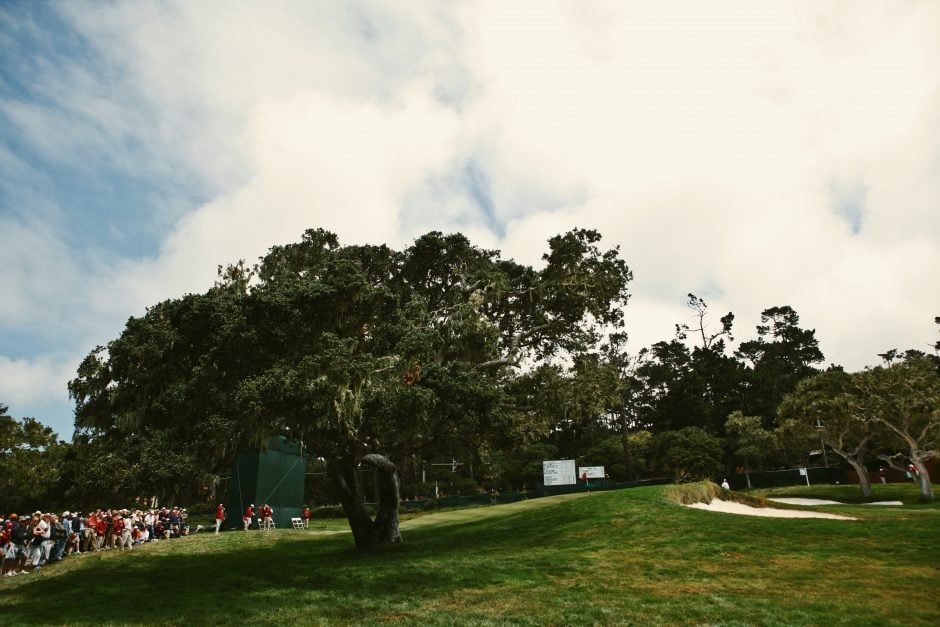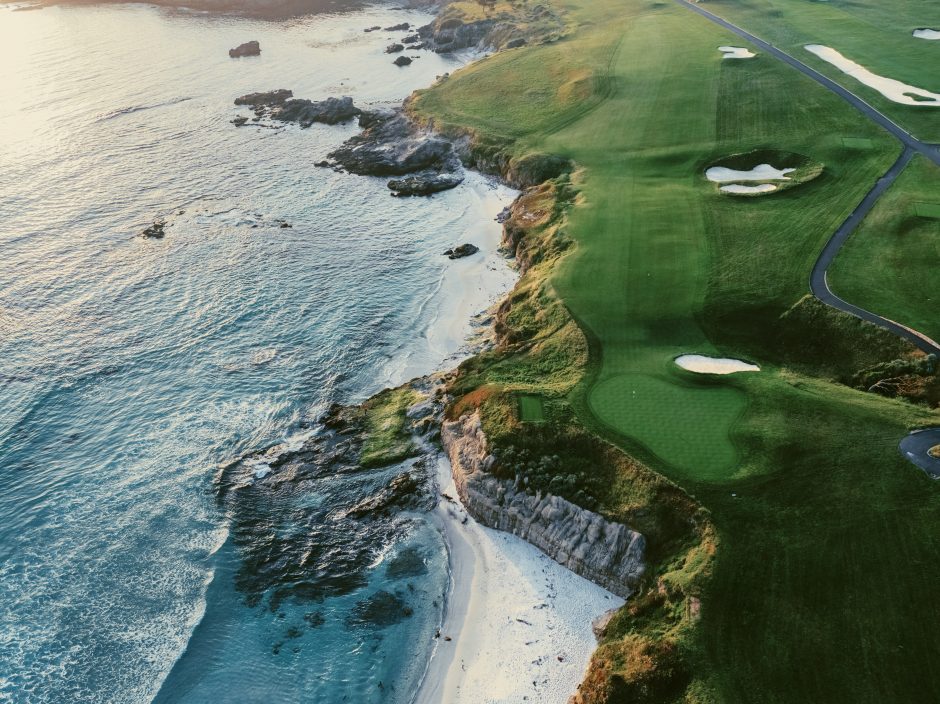Then and Now: What’s Changed at Pebble Beach Since 2010
It’s been nine years since the last U.S. Open was played at Pebble Beach. So, what’s changed?
When you compare scorecards, simply 35 yards.
“You’re going to see just what you saw for the most part in ’72, ’82, ’92, 2000 and 2010,” says John Bodenhamer, who is in charge of the championship setup for the USGA. “Literally the fairway widths are identical to 2010. We don’t need to make a lot of big changes. It’s just the U.S. Open at Pebble, and let history take care of the rest of it.”

We don’t need to make a lot of big changes. It’s just the U.S. Open at Pebble, and let history take care of the rest of it.
Pebble Beach has been pushed to its physical limits, stretching from 7,040 yards in 2010 to 7,075 yards in 2019, the result of longer tees at Nos. 2 and 9. Both par-4s now measure more than 510 yards.
But Pebble Beach has also gained an additional 3,400 square feet of putting surfaces – the equivalent of a full green – across four holes.
Said Tiger Woods after a recent reconnaissance round, “Seeing some of the new greens that they had re-done, taking a look at some of the new pins was nice to see. So when I start concentrating and focusing on Pebble Beach, it will be nice to have those images.”
Let’s take a closer look at the subtle, but important, improvements made to Pebble Beach since 2010:
The Second Hole (516 Yards, Par-4)
Merely 502 yards in 2010, the converted par-5 already played as the second toughest hole of the championship. Now the tees can back up to just inside the dogleg of the first hole, requiring a 336-yard drive to escape the final fairway bunker.
The Sixth Hole (523 Yards, Par-5)
A tee box project completed in 2016 points the alignment of this important drive toward Stillwater Cove, forcing golfers to confront the intimidating water hazard. A collection of fairway bunkers also creeps into play on the left side starting at 266 yards.

We want to make sure guys hit a driver on No. 9. That’s the way the hole was designed to play.
The Ninth Hole (526 Yards, Par-4)
You’ll notice that this par-4 actually stretches out longer than the sixth hole, a par-5. Already 505 yards in 2010, a new tee box adds 21 yards. It now takes a 331-yard blast to reach the edge of the fairway plateau – before the hole slopes down to Carmel Beach.
“We want to make sure guys hit a driver there,” Bodenheimer said. “That’s the way the hole was designed to play.”
The ninth green was the first of four restored ahead of the 2019 U.S. Open, as some 700 square feet of putting surface were recovered in 2014. Slightly more receptive now, the approach is still a daunting shot from 200 yards to a green that is just 27 paces deep.
The 13th Hole (445 Yards, Par-4)
A deep dive into photo archives from the 1920s revealed a shot of the 13th green shortly after Hall of Fame architect Alister MacKenzie rebuilt it. The photo showed a bunker to the left of the green that had since been lost.
In 2017, that bunker was restored, while the green was rebuilt to create hole locations on the previously abandoned right side of the putting surface. In all, the green grew by 300 square feet.
The 14th Hole (580 Yards, Par-5)
This green was terrifying in 2010. Even though it’s a par-5, the turtle-backed target yielded the third highest scoring average for the week.
In 2016, an additional 800 square feet of putting surface were added, and the slope along the back-right corner of the green was softened to create new pin positions. This green still has plenty of teeth – it’s fortified by a gaping bunker, spiraling false front and awkward spill-offs left and long – but you should see a few more smiles as players walk to the 15th tee in 2019.
The 17th Hole (208 Yards, Par-3)
The site of two of the U.S. Open’s greatest moments – Jack Nicklaus’ 1-iron in 1972 and Tom Watson’s chip-in 10 years later – squashed title contenders in 2010. Only one birdie was picked up in the final round – and that was only when Tim Clark holed a bunker shot.
With the U.S. Open tees located across the road – an extra 31 yards behind the blues – No. 17 played as the toughest hole of the 2010 championship. In 2015, some 1,600 square feet were restored to the left side of the green. This additional putting surface had been lost after decades of golfers excavating bunker shots, and gives competitors a chance to hold the green when the pin is tucked left.